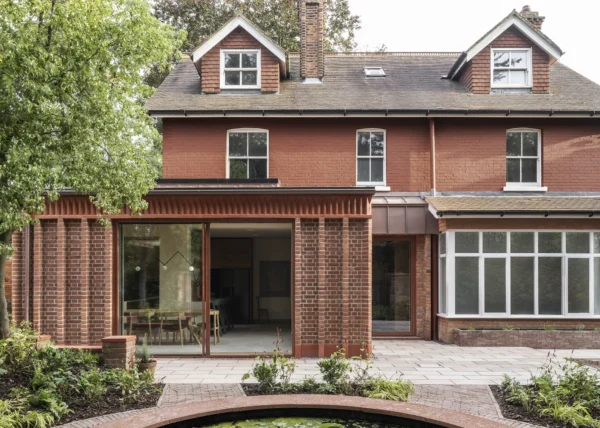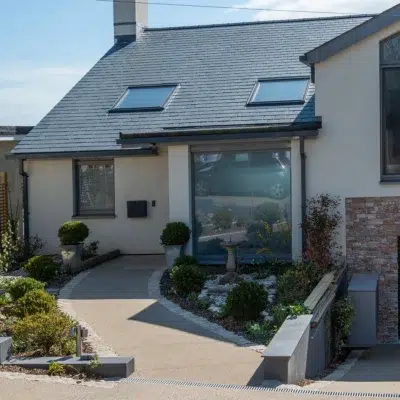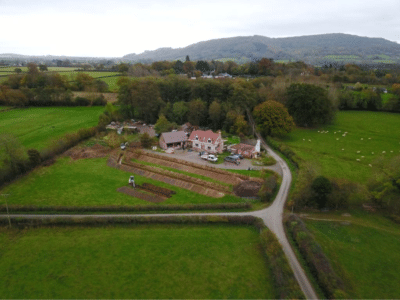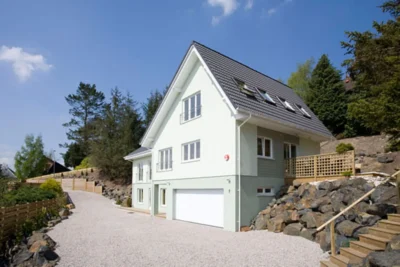Land Appraisal: Splendid Location in Rural Kent
Carl and Amy Briant are looking for a rural plot with countryside views. They recognise that sites with such a description are few and far between and, while replacing an existing house could provide the a setting they’d like, this can be an expensive option.
A barn conversion would be ideal, but again, opportunities are scarce in the south east. Recently, when out on a country walk, the couple noticed a ruined farmyard, complete with what looks like a tiny former cottage.
The situation and views are fantastic. Could this be a realistic option for them?
The site
The proposed plot is located about a mile from a small village, which has a pub, shop and school. It’s positioned about 75m away from a country lane in the middle of a large field.
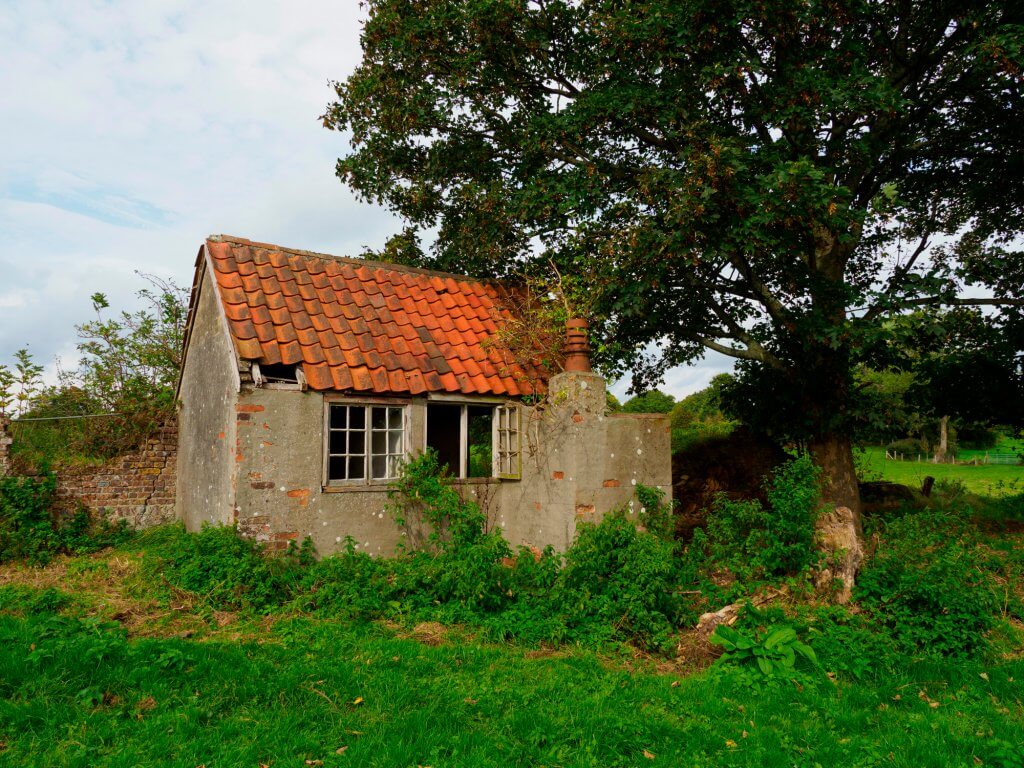
Could a house be built in this Kent site?
There’s a public footpath passing close by and a gateway a little further up the lane, which looks like it might once have been the access route. There are a few mature trees to one side of the site, which is situated at the top of a gentle hill with open views to both the east and south of wooded, rolling countryside.
The plot has various brick walls and a small structure, and measures about 20m x 17m. Some of the walls look like they might have been part of a building and others part of the surroundings of a walled farmyard.
- WhoCarl and Amy Briant
- WhatThe couple want to create a new home on a rural plot with countryside views. They've seen a ruined farmyard, complete with what looks like a very small former cottage. Will they be able to get the planning permission to either knock down and rebuild or convert it?
- WhereKent
The remaining building looks like a tiny cottage or hovel, perhaps more aptly. It has windows, a door, and a chimney, suggesting it might once have accommodated a farm worker. Although this is a charming little structure, it is far too small to be converted without a very significant extension.
Planning rules
The government’s National Planning Policy Framework (NPPF) states that isolated new homes in the countryside should be avoided unless there are special circumstances, such as where the development would re-use redundant or disused buildings and lead to an enhancement to the immediate setting.
Councils interpret this guidance in different ways, although most fail to recognise that the examples of special circumstances are just that – examples – and that other particular conditions might exist that aren’t necessarily mentioned in their guideline manual.
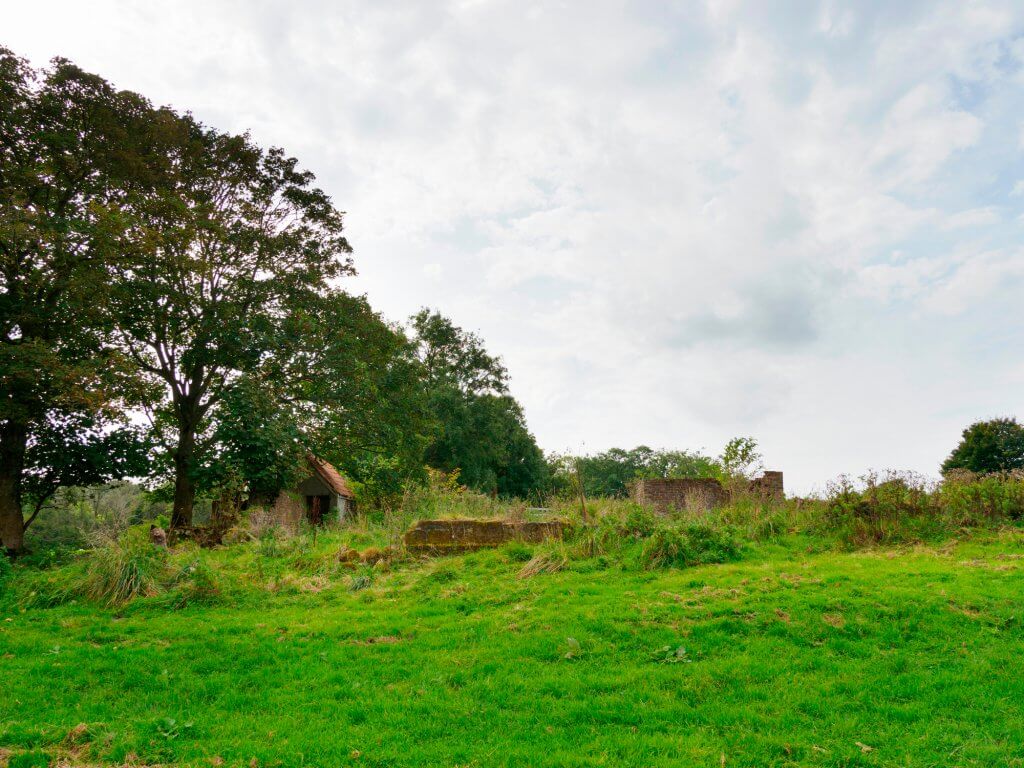
The couple will have to find information about the planning history in the area
As a rule, conversion policies tend to favour schemes that don’t require serious rebuilding or extension. Some will ask for a detailed survey to be carried out to prove that a structure can indeed be transformed as opposed to being rebuilt.
Here, the council has quite a flexible approach to conversions, even allowing replacement dwellings in some cases where alterations wouldn’t necessarily produce a successful home.
The issue is that most of whatever structures were once on the site are now gone. Whilst the outline of the former buildings and yard can be clearly distinguished by the remaining sections of wall, the actual edifice that still stands is far too small to be realistically described as a dwelling in today’s terms.
Finding local planning information
Carl and Amy should find out whether there have been attempts to gain planning permission in the past by searching the council’s online planning application records.
They should also research the background of the farmstead. Local history books, old Ordnance Survey maps and even Google Earth could yield some information.
There might be an argument that the farmstead is of historic interest and, if so, perhaps a
house could be created that reflected the old buildings’ layout and incorporated as much of the remaining walls as possible.
Preparing the planning application
Armed with whatever information they can glean on the property, the couple should explore two ways forward. One would be to seek pre-application advice from the council to get an idea of whether permission might be granted for a house on this site.
The other would be to try to find the owners, and find out if they’d be prepared to sell. The latter shouldn’t be too difficult as the land is being actively farmed – somebody nearby is likely to either be the owner or know them.
This is a situation where a bit of door knocking is probably the simplest way to find the titleholder. T big shenag with approaching the owners is the fact Carl and Amy will inevitably be alerting them to the possibility that permission might be granted, so the proprietors might go off and explore getting planning themselves.
There’s not a lot the pair can do about this and they will need to accept the risk is inherent in this sort of project.
Liaising with the council
The challenge here with pre-application advice is that the onus is on Carl and Amy to make a convincing case to the council. They will need to demonstrate that the conditions are genuinely exceptional.
As previously mentioned, evidence of the site’s history could be useful to make a
case that the plot is of some historic interest and worthy of preservation in some manner. To achieve that, a sympathetic model would be needed which would involve both design costs and survey fees. These expenses wouldn’t be worthwhile unless the property owner was prepared to sell.
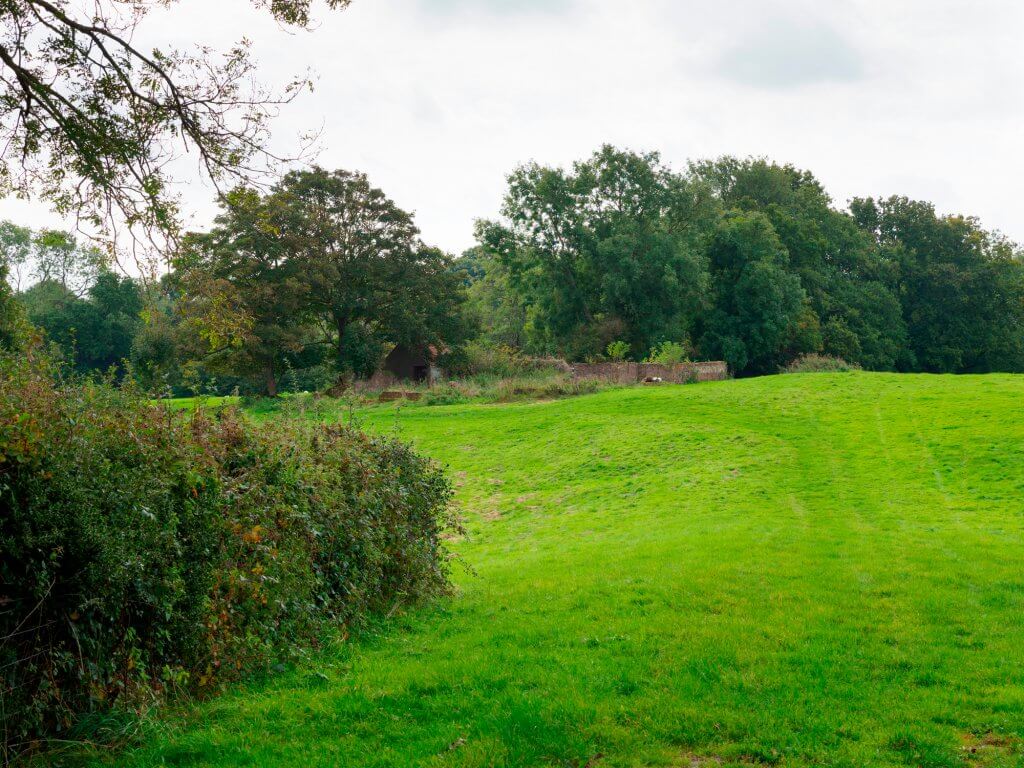
A new house here would benefit from beautiful views
As Carl and Amy can’t get a detailed enough look at the plot just from the public footpath, they would need the owner’s permission to have a look and measure up the site.
Buying the plot
In the absence of planning permission, Carl and Amy need to either make an offer that is subject to gaining said permission, or negotiate an option on the site.
The latter would give them the exclusive right to buy for a fixed period, probably a year or two, to allow for an appeal if an application was declined – or to submit a re-application if an initial attempt failed but negotiations with the council suggested an alternative scheme might succeed.
Options are normally purchased for a nominal sum, often a token £1. The onus would then be on Carl and Amy to get the permission they want and, once granted, they would exercise their option to buy the plot.
The price would be fixed at the start, either as a finite sum or a percentage of an open market valuation. The ratio might be around 85% – with the 15% discount reflecting their expenses and risk, but all aspects of an option are open to negotiation.
If they went for a conditional contract, they would need to ensure their solicitor factors
in all eventualities, including re-application, appeal, discharging conditions and even removing onerous conditions.
The problem with contracting to buy if you get planning permission is that you could end up with consent for something you don’t actually want or like, or is too expensive to build. If Carl and Amy decide to go down this route, they must ensure their solicitor is familiar with this type of specialist contract.
Conclusion
This might be a bit of a long shot, but it’s not so long that it’s not worth investigation.
The location and views are exactly what Carl and Amy are looking for, so a bit of a gamble with some time and effort to find out more about this property has got to be worth their while.
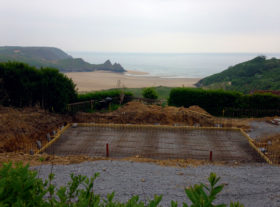
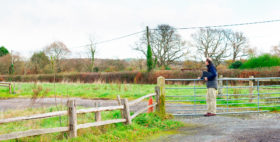




































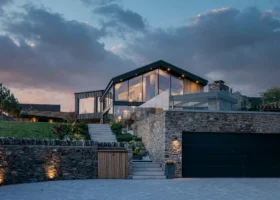

























































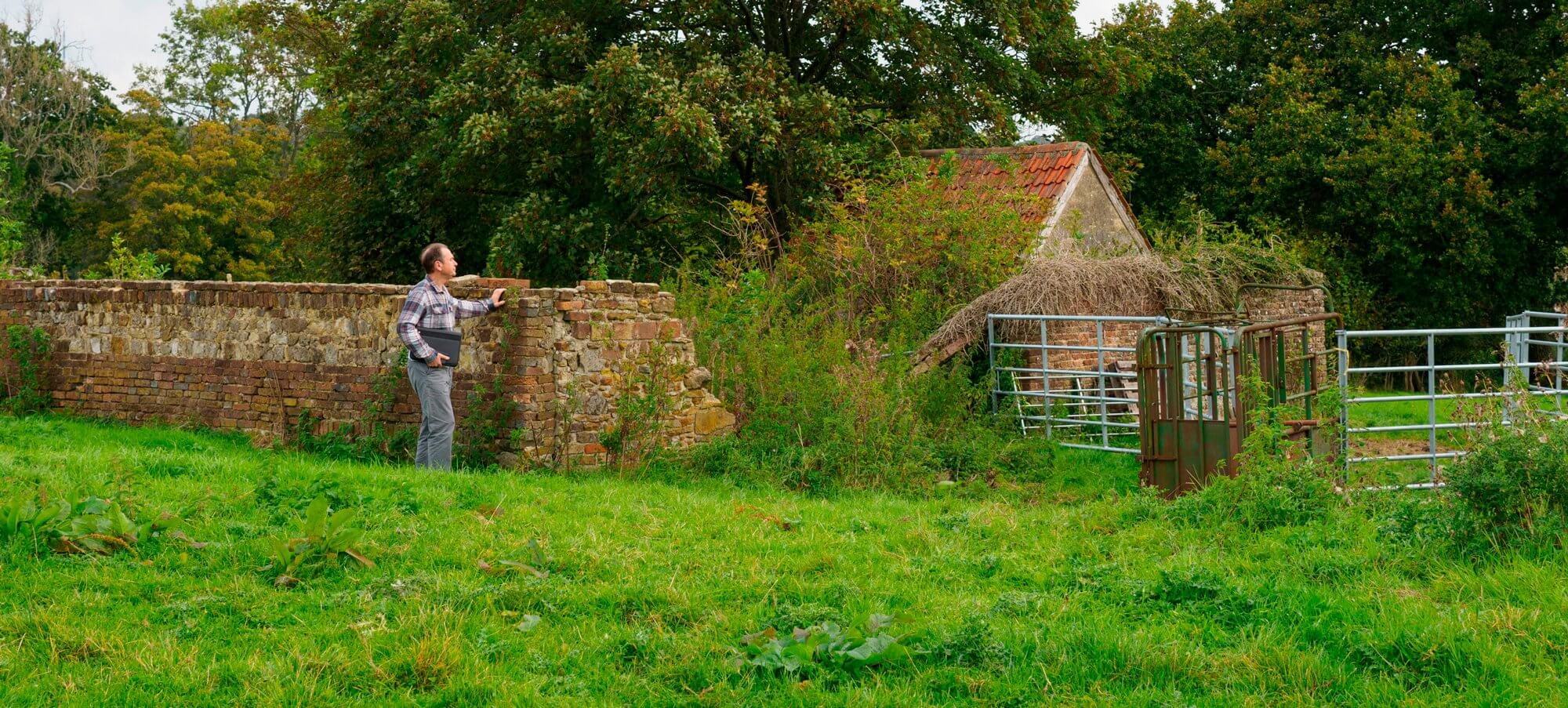
 Login/register to save Article for later
Login/register to save Article for later



